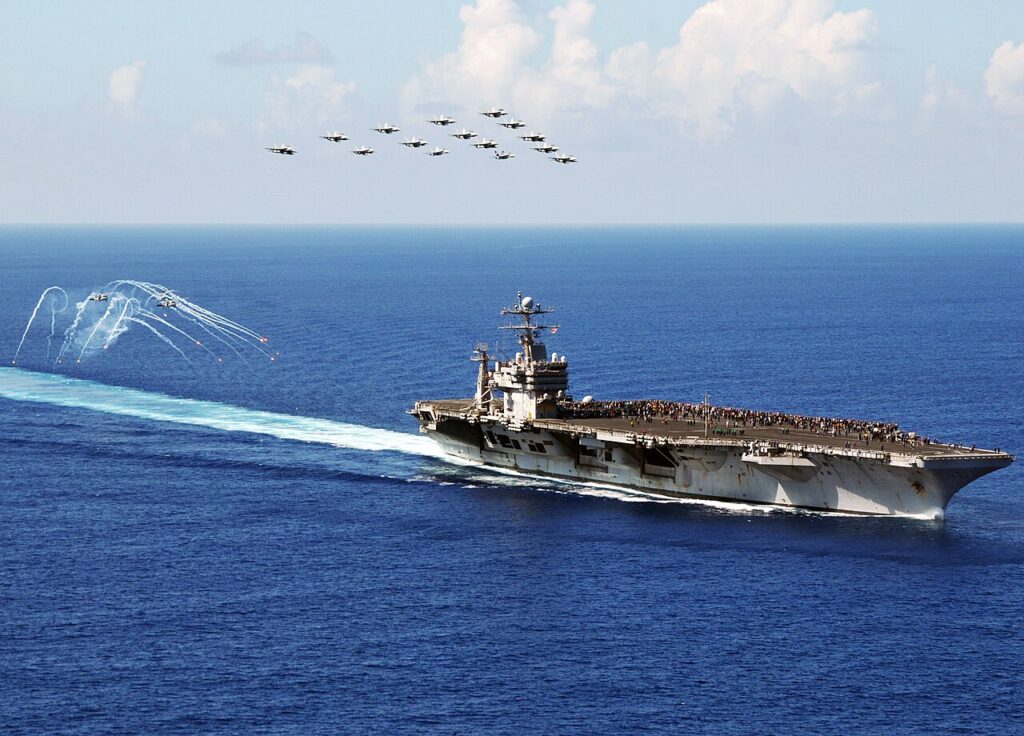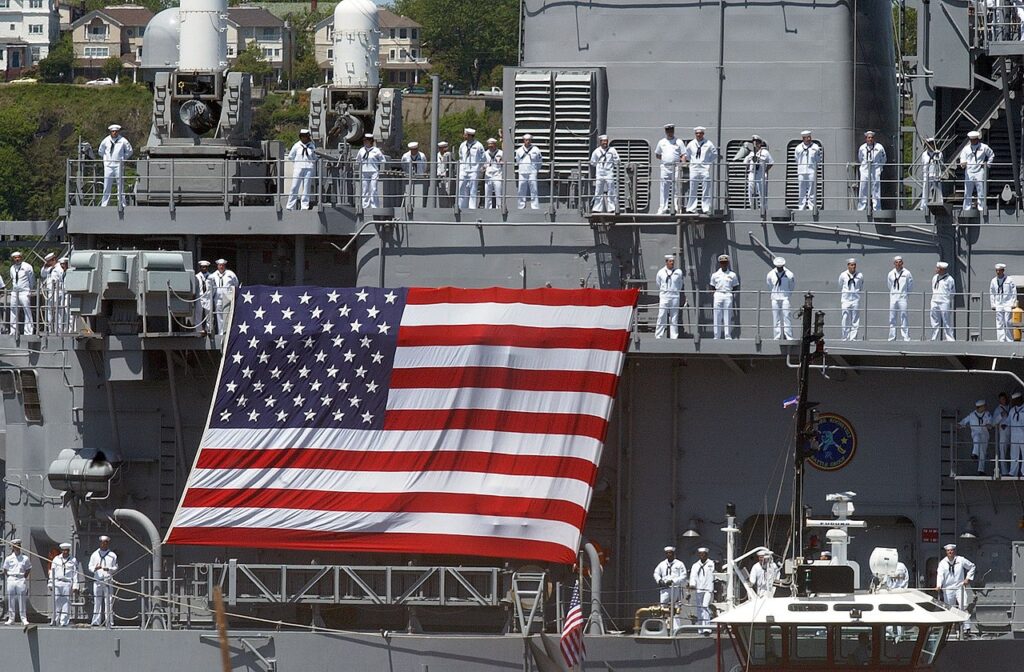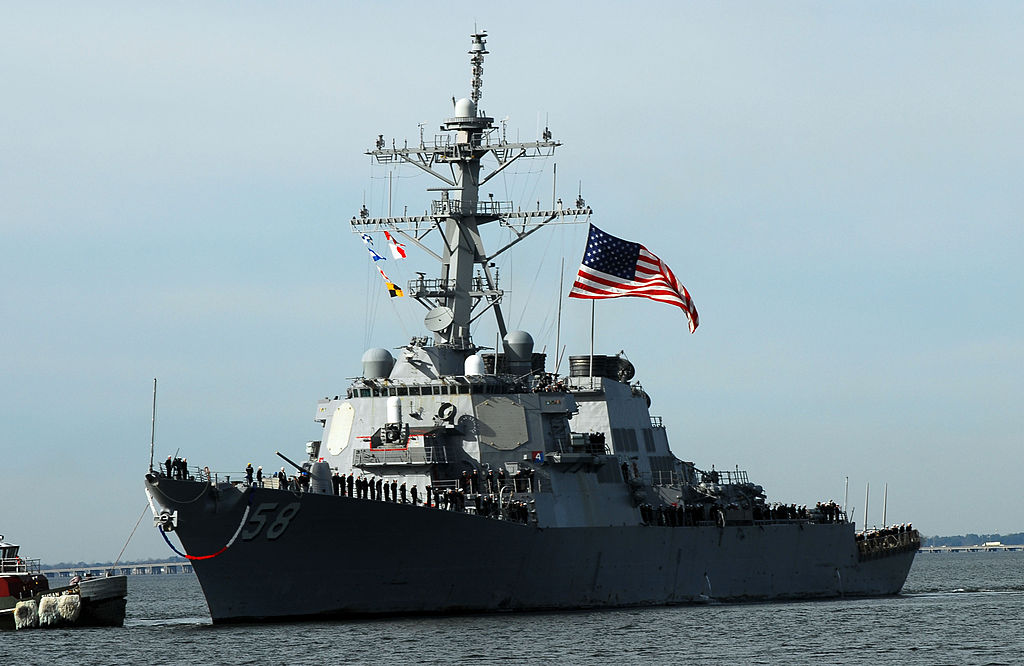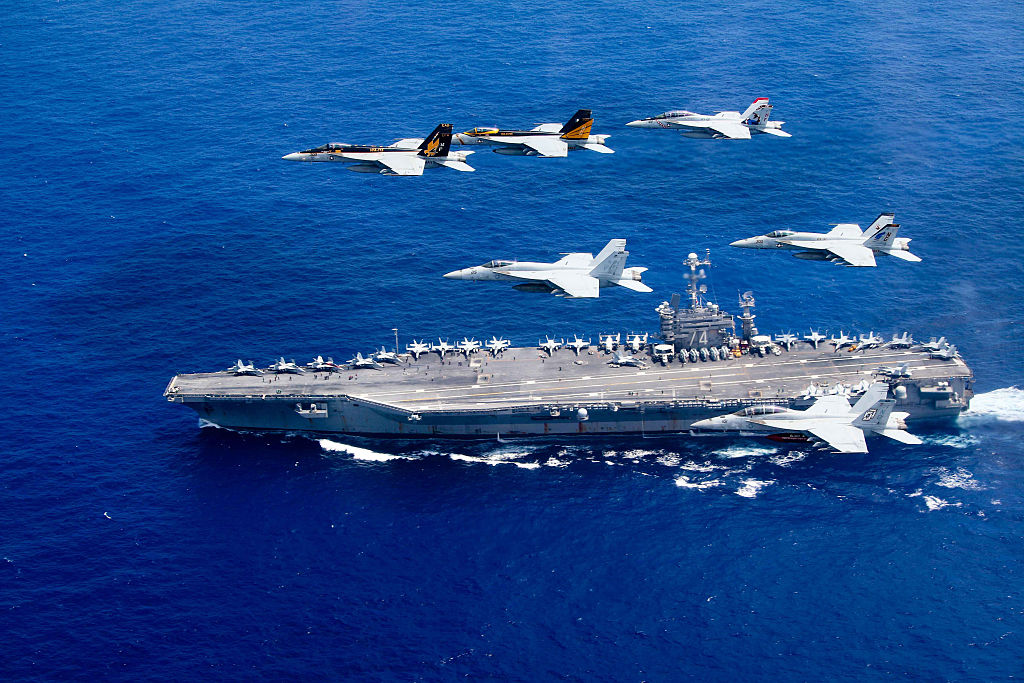How Trump Can Turn Around America’s Navy, Facing Dire Challenges as Its 250th Birthday Nears
The Navy is in the worst shape it has been in in generations, and part of the problem is trying to accomplish too many missions with the wrong mix of assets.

The United States Navy will celebrate its 250th birthday this year. Despite a proud history, there isn’t a lot to be happy about. The Navy is in the worst shape it has been in in generations.
Since its founding in 1775, the Navy has had four key missions. The first is to deter aggression against America. The second — its original mission — is to keep the commercial sea lanes open and safe for trade. The third is to project lethal force when necessary. And the fourth — which my Marine son likes to remind me is really the most important — is to deliver the Marines where they have to go to actually get things done.
Three of the four are badly eroded or seriously at risk of failure. Only the deterrent provided by our ballistic missile-equipped nuclear submarines, known as “boomers,” is worthy of a good night’s sleep. And even that isn’t a certainty. The Columbia class boomer — the Pentagon’s top acquisition priority — is a year behind schedule.

The other missions, however, are undermined by multiple systemic failures. The easiest to explain — and perhaps fix — is the Navy’s inadequate amphibious fleet. For several years the Navy and the Marine Corps couldn’t agree — even in public — on what type of ships the Navy should build in order to ensure that the Marines could accomplish their mission. Finally, last month, the Navy agreed to build more San Antonio-class amphibious transport docks.
Power projection and sea lane control have been in the news lately — for all the wrong reasons. Houthi rebels continue to control the Red Sea, severely curtailing maritime traffic through the Suez Canal. And our recent attempts to wrest control from this Iran-backed proxy have gone awry.
The most disturbing example occurred just before Christmas when a Navy cruiser, United States Ship Gettysburg, shot two surface-to-air missiles at two Navy F-18s preparing to land on the aircraft carrier United States Ship Truman. The first SAM-2 destroyed the fighter jet just three seconds after the pilot and weapons officer safely ejected, and the second missile missed the second plane by just 100 feet.

The Navy’s root problems are not hard to identify: we have too few ships, not enough well-qualified sailors to man them, and inadequate time to properly train them. We are trying to accomplish too many missions with the wrong mix of assets, and a Navy culture not inclined to saying, “Sorry, sir, no can do.” Further, we have a zero-failure promotion system that discourages risk-taking or innovation.
Dumbing it down further, we have too few ships because each costs too much and takes too long to build. We have allowed our industrial base to atrophy, and consolidation of companies to reduce the number of key suppliers to just five “primes” today from 51 in 1993. Pile on top of that an acquisition system that rewards delays and has no consequences for cost-overruns, and it adds up to a perfect storm for erosion and failure.
As the recent eye-opening “Defense Reformation” white paper by Palantir spelled out, our reliance on a Pentagon “monopsony” — meaning the virtual exclusion of civilian uses for the primes’ products — virtually guarantees higher costs, less innovation, and longer delivery times.

Sadly, these very serious challenges are compounded by a more fundamental one: we are not attracting enough bright, motivated people to help fix them. The Navy — and every other branch of the armed forces save the Marine Corps — has had enormous difficulty meeting their recruiting goals.
Young people are not unaware of the services’ problems, and we are doing a lousy job explaining why they should serve. And until we do, we will never get ahead of the curve: it takes smart, dedicated people to change things.
Addressing these challenges isn’t — or at least shouldn’t be — a partisan issue. The Biden administration may have done an inadequate job turning this ship around, but the wrong course heading was set in motion long before the 2020 election. The new Trump administration should take three immediate steps:
First, spin off a dedicated branch of the Musk-Ramaswamy DOGE Commission and put Raj Shah and Christopher Kirchhoff in charge of it. They were the iconoclasts who made the Defense Innovation Unit — “Unit X” — who built bridges to Silicon Valley and terrified the Primes. They will shake up defense acquisition.

Second, appoint a blue-ribbon panel to seriously explore mandatory national service. Fewer and fewer young people have relatives who have served in the military — which is the most important factor in a person even considering joining the armed forces — and we need to change the next generation’s perspective on service. The President could ask New York Times columnist David Brooks and the former Transportation secretary, Pete Buttigieg, to lead the effort. Both have been articulate spokesmen for such an initiative.
Third, President Trump should have his Defense Secretary set up an in-house panel to reform the military culture and appoint successful retired military leaders to spearhead it. People like General David Petraeus, Admiral Sandy Winnefeld, and the former Congressman, and Marine Captain, Mike Gallagher. People who understand the culture, have succeeded inside it, and know it must be changed.
Last, we need to admit we have a problem. And that we can’t take a generation to fix it. The stakes are too high.

